- Home
- Product
- Bently Nevada
- BENTLY 3500/34 Triple redundant relay module
Product information
Reviews
Shipping & returns
Product information
BENTLY 3500/34 Triple redundant relay module
Functional characteristics
Triple module redundancy: Three independent relays are used to drive one relay output, in conjunction with a dedicated TMR frame interface module and three monitor modules, to provide two out of three voting output, enhancing system reliability and fault tolerance.
Alarm driver logic: Each relay contains an “alarm driver logic” that can be programmed with “and” and “or” logic, using alarm inputs (warnings and hazards) from any monitor channel in the frame, and programmed according to different application requirements through 3500 frame configuration software.
Status indicator: The module has six leds, including an OK indicator (showing the functional status of the module), a TX/RX indicator (blinking to indicate communication between modules), and a channel alarm indicator (indicating that the relay channel is in an alarm state).
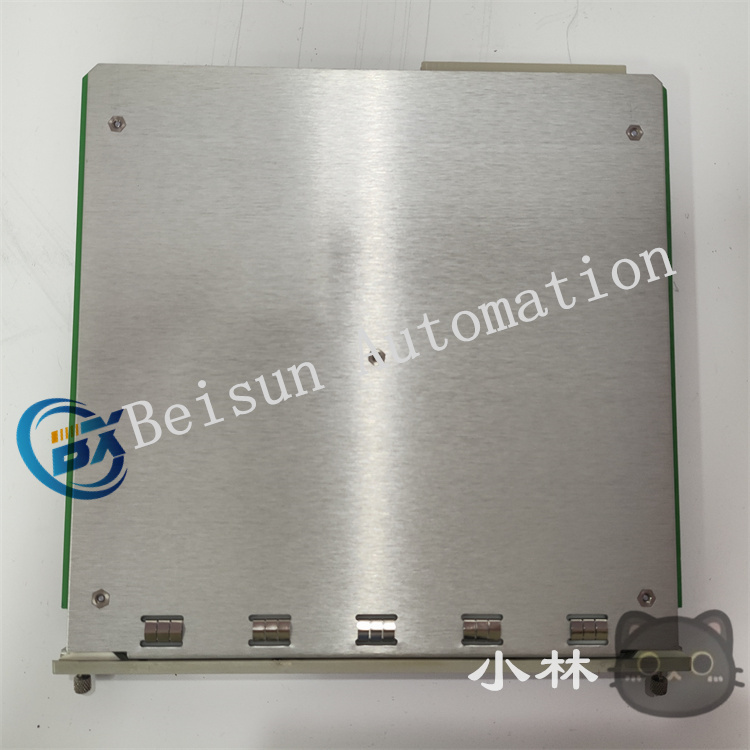
Technical parameter
Electrical parameters: Typical power consumption is 9.6 watts. The relays are three double pole double throw (DPDT) relays in a single pole single throw (SPST) configuration with no arc suppressors and a contact life of 100,000 cycles at 1.5A, 24V DC or 1A, 120V AC with normal excitation. In terms of contact rating, under resistic load, the maximum switching power is 60W DC, 125VA AC, the minimum switching current is 100mA under 5V DC, the maximum switching current is 2A, the maximum switching voltage is 150V DC, 220V AC.
The operating temperature ranges from -30 ° C to + 65 ° C, the storage temperature ranges from -40 ° C to + 85 ° C, and the humidity ranges from 95% to non-condensing.
Application scenario: It is suitable for applications with high reliability requirements, such as the protection system of key equipment in the petrochemical, electric power, metallurgy and other industries, as well as scenarios such as the safety instrument system described in ISA S84.01-1996, to ensure that the alarm can be reliably triggered or protective measures can be taken when the key equipment is abnormal, reducing the downtime and the risk of equipment damage.



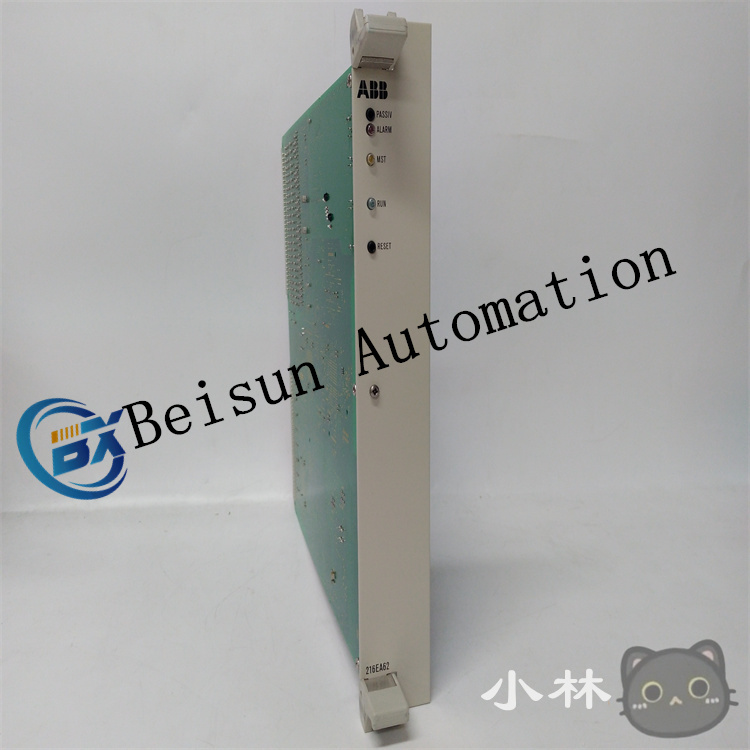

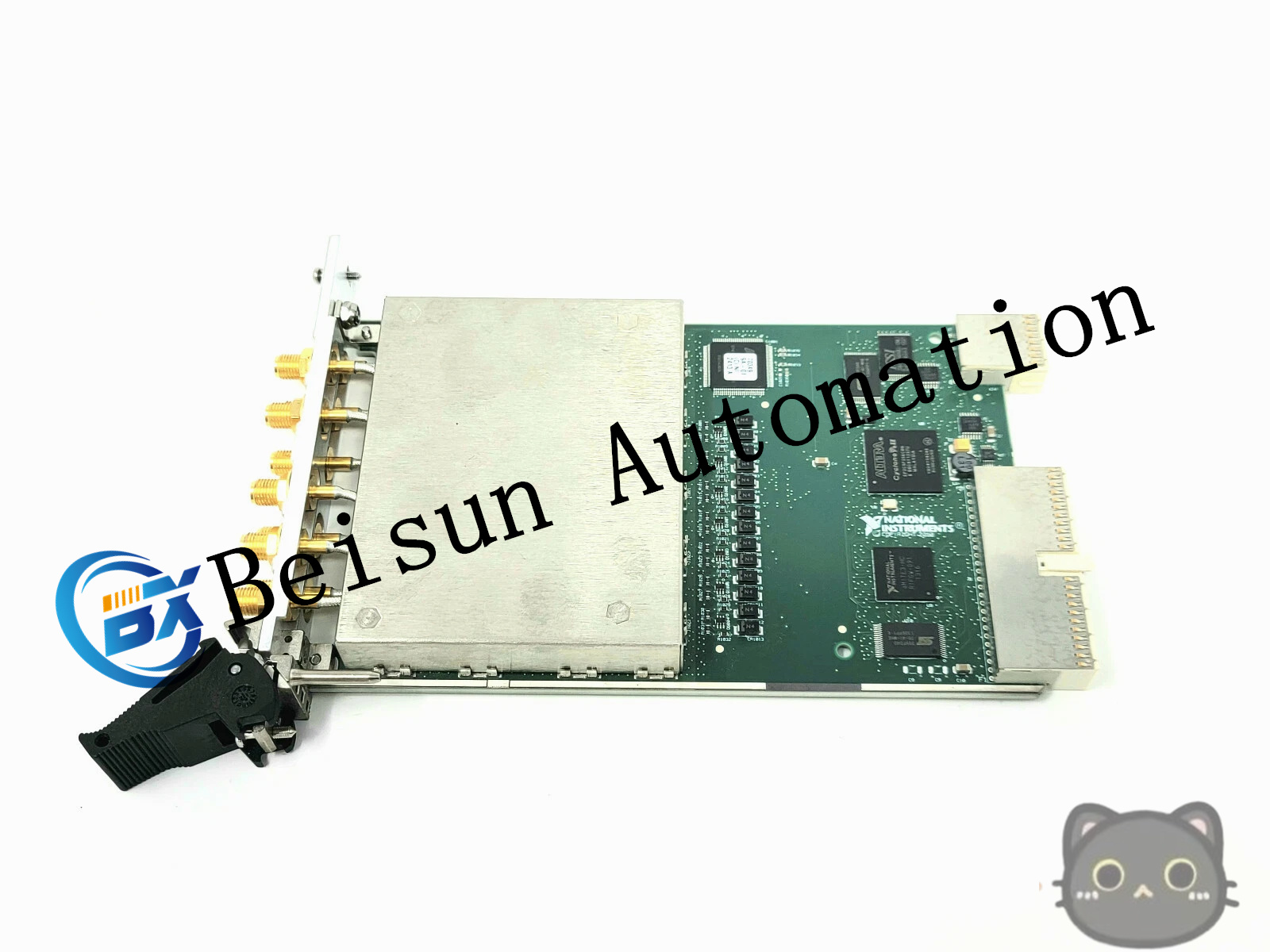

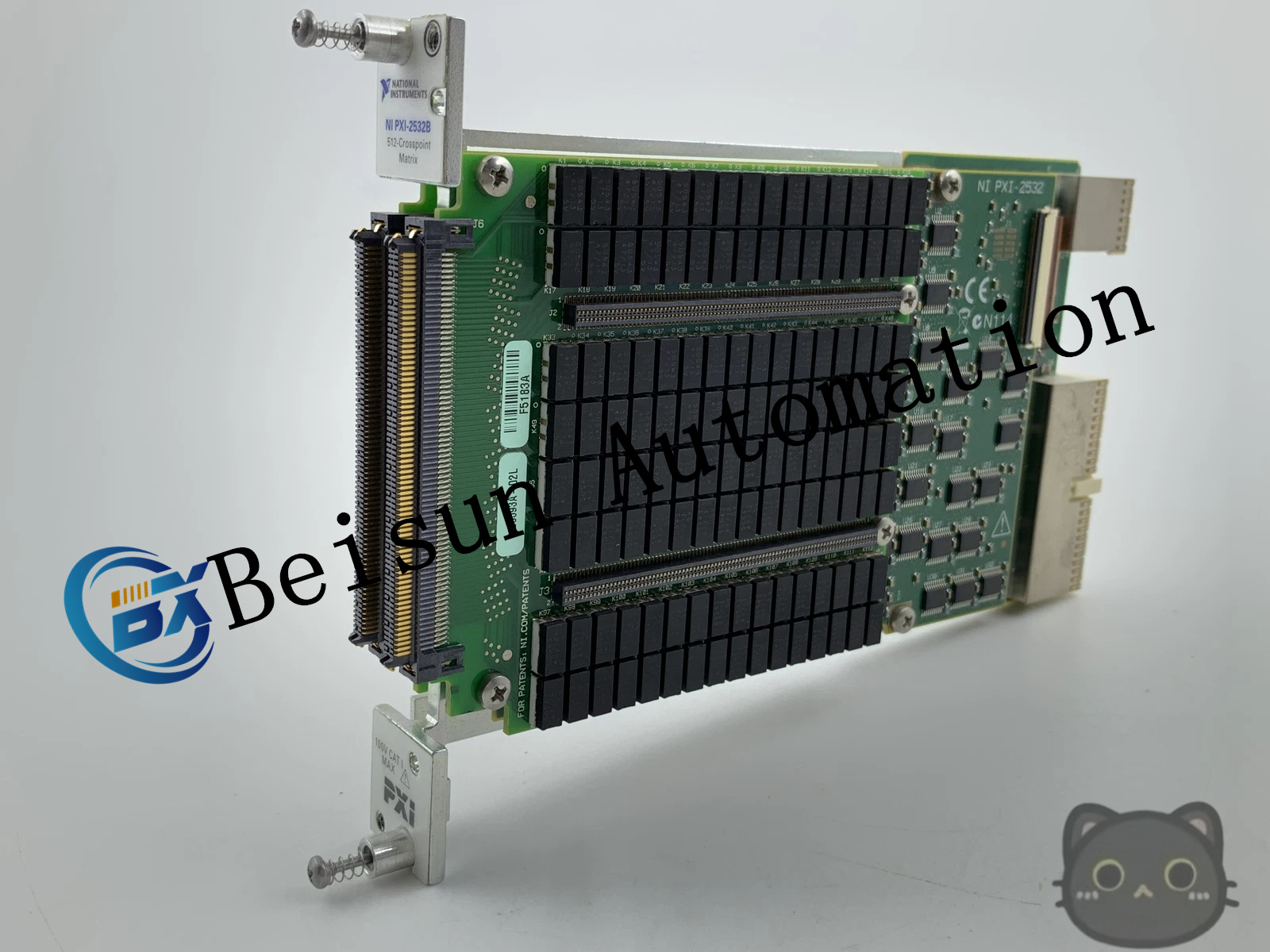
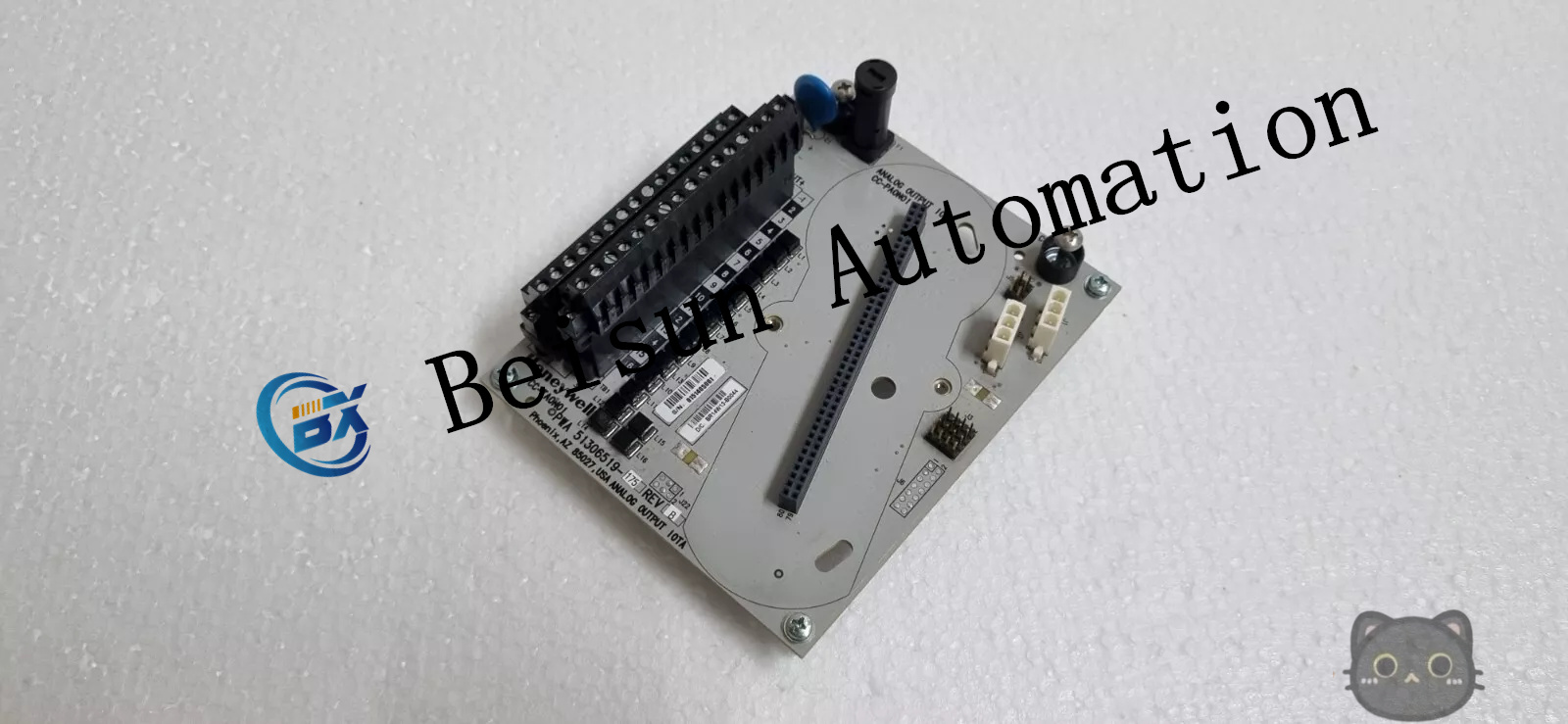
Reviews
There are no reviews yet.